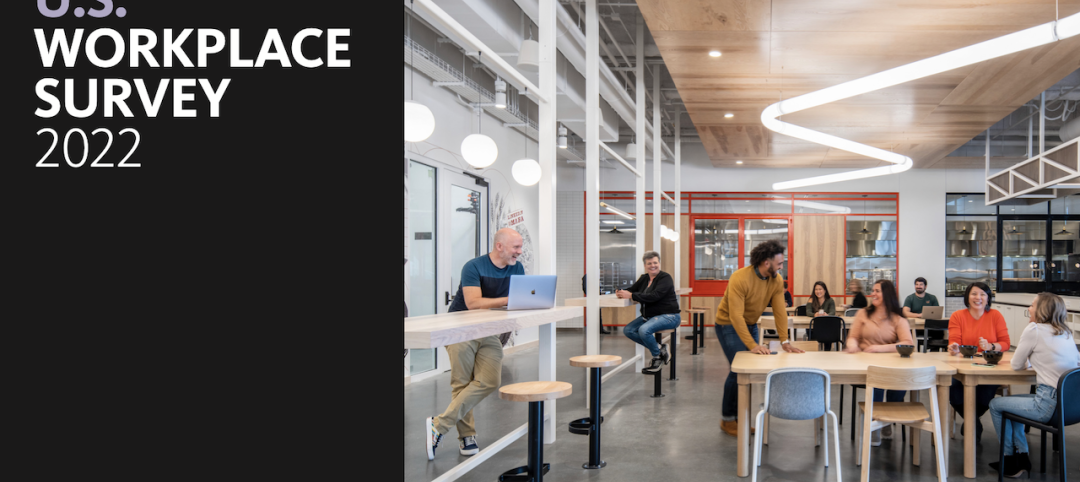Recently released county and metro-level population growth data by the U.S. Census Bureau shows that the fastest growing areas are found in exurbs and emerging suburbs.
Analysis of the data by Cushman & Wakefield shows population growth in all areas since the 2020 census, with the exception of urban cores that have had declining numbers. In 2022, however, the rate of decline in urban counties slowed significantly, buoyed by the resumption of international migration following the Covid pandemic.
The Dallas–Fort Worth metroplex grew by roughly 170,000 residents, outpacing the metro area with the second largest population gains, Houston, by nearly 50,000 people. The New York metro region saw its population shrink by about 139,000.
Since the 2020 Census, Austin, Texas and Raleigh, N.C., rank as the two fastest growing metros on a percentage basis among major markets.
Here are Cushman & Wakefield's five takeaways from its recent analysis of the census, as authored by Sam Tenenbaum, Head of Multifamily Insights:
- Further-flung counties, those in Exurbs and Emerging suburbs, saw their population grow the fastest, with the former growing by 1.9% and the latter by 1.5%. These areas continue to accelerate population gains.
- All districts saw population gains with the exception of Urban Cores. However, with international migration making a big rebound in 2022, those counties saw the biggest change in population, stemming the tide of major population declines experienced from 2020-2021.
- Urban cores saw 70% of international migration among major U.S. counties in 2022 but high costs pushed more residents out, with domestic migration outflows of more than 1.1 million people.
- Mirroring the urban core rebound, Gateway markets largely saw the largest turnaround in population growth with New York, San Francisco, King County (Seattle) and Miami representing the biggest change in population growth from 2021 to 2022. New York and San Francisco still saw net population losses, but they were much limited than 2021.
- The Dallas–Fort Worth metroplex grew by roughly 170,000 residents, dwarfing No. 2 Houston by nearly 50,000 people. On the other hand, the New York metro division saw its population shrink by about 139,000. Since the 2020 Census, Austin, TX and Raleigh, NC rank as the two fastest growing metros on a percentage basis among major markets.
Related Stories
Market Data | Apr 6, 2023
JLL’s 2023 Construction Outlook foresees growth tempered by cost increases
The easing of supply chain snags for some product categories, and the dispensing with global COVID measures, have returned the North American construction sector to a sense of normal. However, that return is proving to be complicated, with the construction industry remaining exceptionally busy at a time when labor and materials cost inflation continues to put pricing pressure on projects, leading to caution in anticipation of a possible downturn. That’s the prognosis of JLL’s just-released 2023 U.S. and Canada Construction Outlook.
Multifamily Housing | Apr 4, 2023
Acing your multifamily housing amenities for the modern renter
Eighty-seven percent of residents consider amenities when signing or renewing a lease. Here are three essential amenity areas to focus on, according to market research and trends.
Sustainability | Apr 4, 2023
NIBS report: Decarbonizing the U.S. building sector will require massive, coordinated effort
Decarbonizing the building sector will require a massive, strategic, and coordinated effort by the public and private sectors, according to a report by the National Institute of Building Sciences (NIBS).
Multifamily Housing | Mar 24, 2023
Average size of new apartments dropped sharply in 2022
The average size of new apartments in 2022 dropped sharply in 2022, as tracked by RentCafe. Across the U.S., the average new apartment size was 887 sf, down 30 sf from 2021, which was the largest year-over-year decrease.
Multifamily Housing | Mar 14, 2023
Multifamily housing rent rates remain flat in February 2023
Multifamily housing asking rents remained the same for a second straight month in February 2023, at a national average rate of $1,702, according to the new National Multifamily Report from Yardi Matrix. As the economy continues to adjust in the post-pandemic period, year-over-year growth continued its ongoing decline.
AEC Tech | Mar 14, 2023
Skanska tests robots to keep construction sites clean
What if we could increase consistency and efficiency with housekeeping by automating this process with a robot? Introducing: Spot.
Industry Research | Mar 9, 2023
Construction labor gap worsens amid more funding for new infrastructure, commercial projects
The U.S. construction industry needs to attract an estimated 546,000 additional workers on top of the normal pace of hiring in 2023 to meet demand for labor, according to a model developed by Associated Builders and Contractors. The construction industry averaged more than 390,000 job openings per month in 2022.
Industry Research | Mar 2, 2023
Watch: Findings from Gensler's latest workplace survey of 2,000 office workers
Gensler's Janet Pogue McLaurin discusses the findings in the firm's 2022 Workplace Survey, based on responses from more than 2,000 workers in 10 industry sectors.
Architects | Feb 24, 2023
7 takeaways from HKS’s yearlong study on brain health in the workplace
Managing distractions, avoiding multitasking, and cognitive training are key to staff wellbeing and productivity, according to a yearlong study of HKS employees in partnership with the University of Texas at Dallas’ Center for BrainHealth.
Office Buildings | Feb 9, 2023
Post-Covid Manhattan office market rebound gaining momentum
Office workers in Manhattan continue to return to their workplaces in sufficient numbers for many of their employers to maintain or expand their footprint in the city, according to a survey of more than 140 major Manhattan office employers conducted in January by The Partnership for New York City.

















